Print Tips
6 Attention-grabbing Issues You Didn’t Understand About Posters
6 Interesting Things You Didn’t Realize About Posters
Posters are cool, and they’re much more than decor for a teenager’s bedroom.
It’s almost unthinkable to imagine a life without posters. They’re not really something anyone outside the advertising and graphic design worlds think about. They’re just there. Nearly every serious promotional campaign will include at least a small portion of its budget for posters. Events and political campaigns can’t seem to get enough of them, even when we have no shortage of alternatives.
But posters were not created in a vacuum. A very specific set of circumstances made their existence possible. And what an existence it has been. If you’ve enjoyed any form of visual media created in the past 100 years, the discipline of poster design would have undoubtedly shaped its creation. Everything visual that we enjoy, from cinematography to websites to album art has been shaped by the work of people trying to figure out the most eye-catching ways to arrange text and images in the confines of a paper rectangle.
Here are a few surprising facts about posters.
6.) Mass-produced posters have been around for the past 220 years.
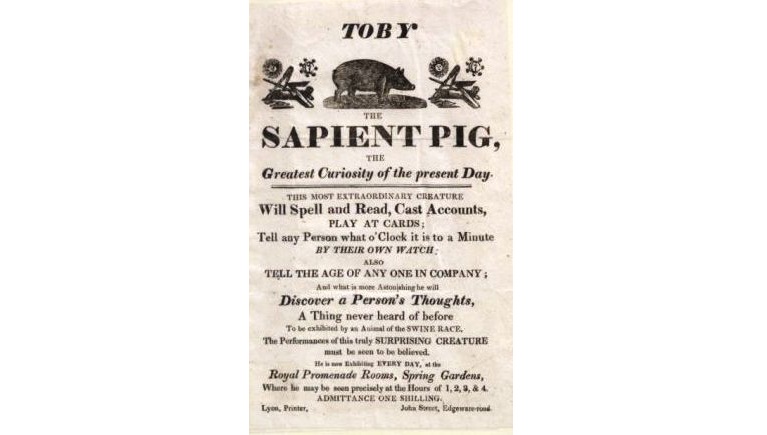
While there have been hand-drawn posters and bills for about as long as there has been paper, these tended to be infrequent given the relative expense of paper. All copies also had to be made by hand, or at great expense with the types of press available at the time. The mass-produced poster was made possible by the 1796 invention of lithography. Colored posters came soon after with the development of chromolithography in 1837.
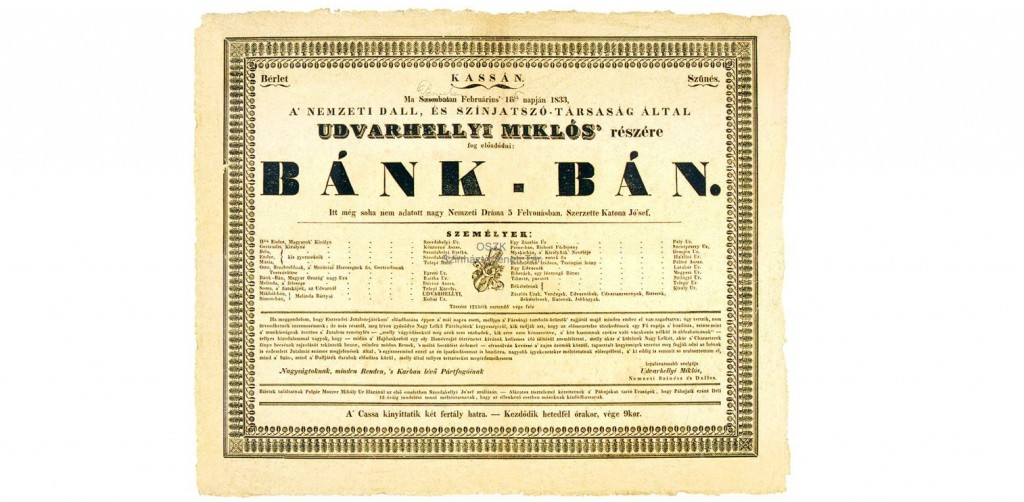
These processes made it possible to easily make several copies of a specific design. The development of steam-driven paper-making machines in the same period paved the way for paper – and posters – to be part of everyone’s day-to-day lives.
5.) Posters are responsible for modern graphic design and typography

Posters are a tool that can only work if they could be understood from a distance. Many of the popular highly-stylized fonts and typefaces of the 18th and early 19th centuries were generally ill-suited for this purpose, even if they were fine for books and other documents.
The need for text and images to be discernible at a distance led to the development of modern typography and graphic design principles. Many of the principles discovered are so solid, many of the classic posters from the 1880s and 1890s still seem very fresh compared to many contemporary designs. The example above was created by Thomas Theodor Heine in 1897 and is part of the permanent collection of the Museum of Modern Art in New York.
4.) They were the most prevalent advertising medium before radio and television
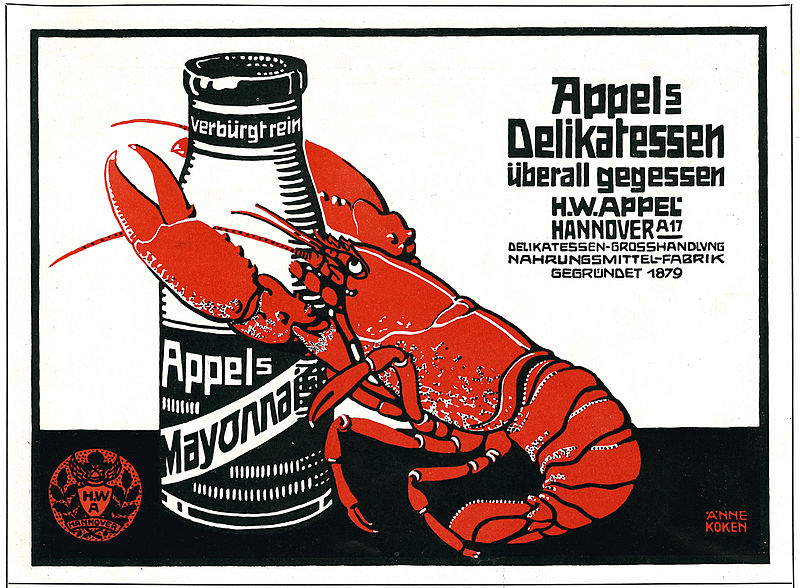
The heyday of posters came at a time in the modern era just around the introduction of electricity but before radio and TV made true mass advertising possible. Posters didn’t and still don’t require electricity to convey a message, which was obviously a huge advantage back then. And still is in some parts of the world that get infrequent power. They did however, still need to be placed within the line of sight of the intended audience.
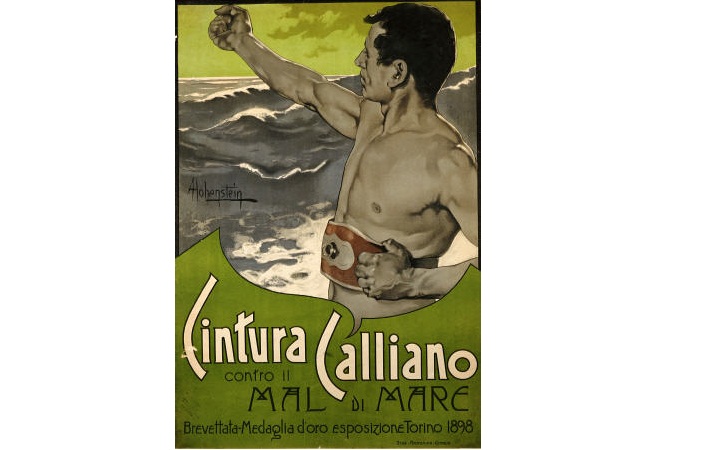
The introduction of large billboards, which used the same principles as posters but with the advantage of a much wider reach thanks to their larger size, was the first erosion of the poster’s dominance. But posters only started to get seriously threatened as an advertising medium with the introduction of radio.
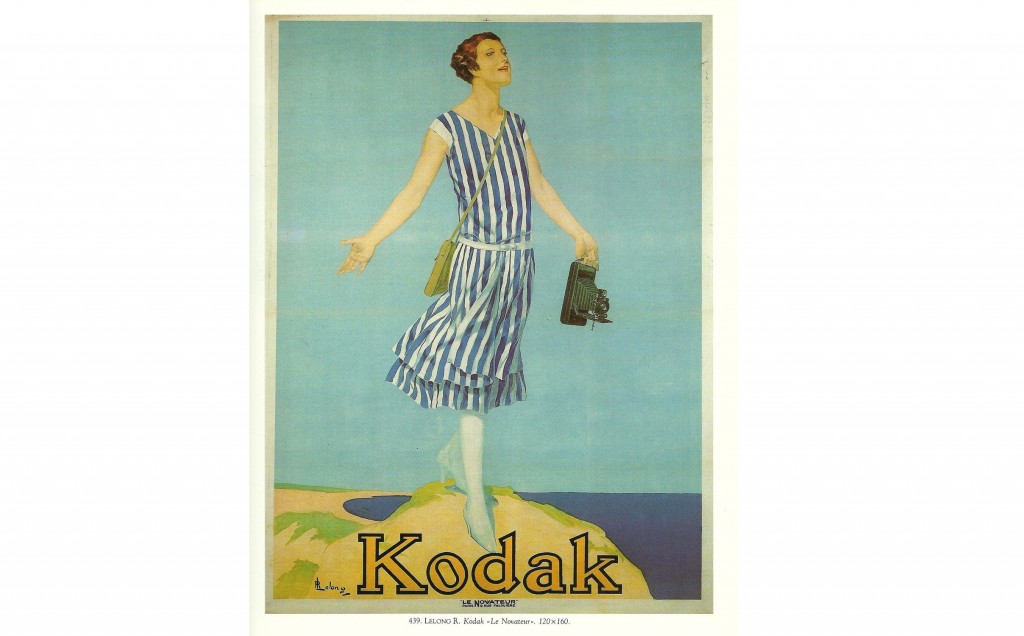
Electrification and widespread adoption of radio took some time, so posters still had their niche in high foot traffic areas, theaters, and event venues. Magazines also ate into advertising budgets, further reducing the prevalence of promotional posters.
In the 1950s television seemed to signal the end for posters as a serious means of advertising, as they had most of the visual aspects of posters with the advantage of a much farther reach. And for a while…
3.) Posters were thought “dead”.
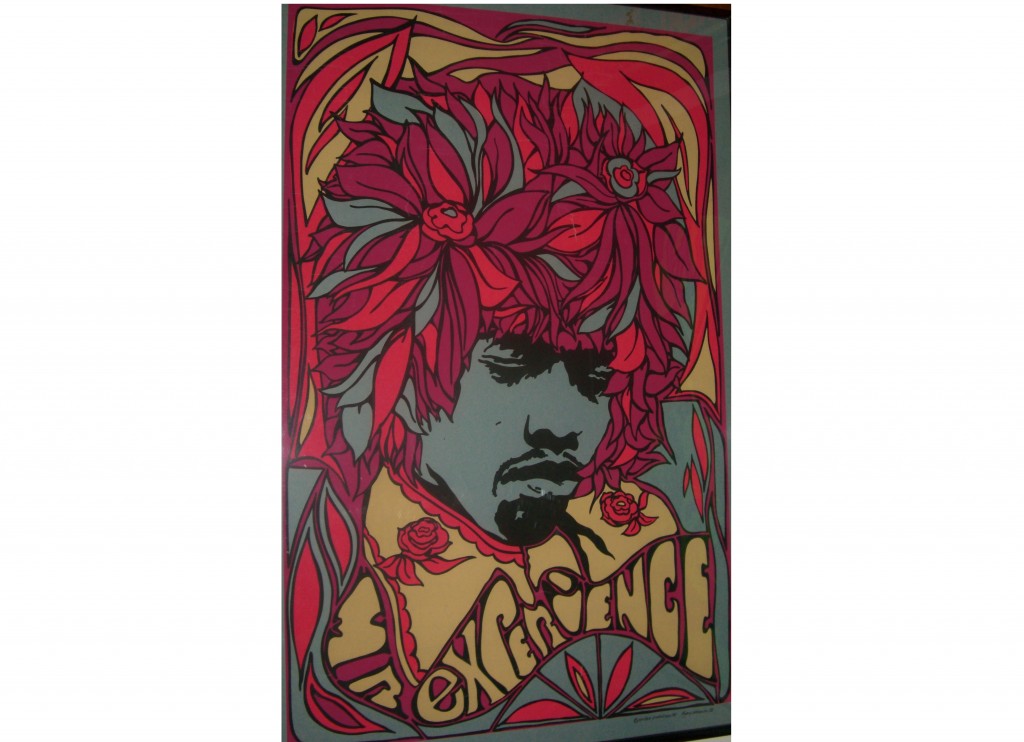
As hard as it is to imagine, it wasn’t too long ago that posters were no longer taken seriously as an advertising or art medium. By the 1950s, poster production had reached record lows, with marketers less likely to invest in posters compared to television, radio, and magazine ads.
But the counter-culture movement, with it’s much shallower pockets compared to the establishment, embraced posters not only as a low-cost medium for protest, but also for art and advertising. By the mid-1960s, posters became popular again, not just for advertising, but as an art medium as well. Much of the enduring popularity posters have today can be directly traced to the resurgence in the popularity of posters during this period.
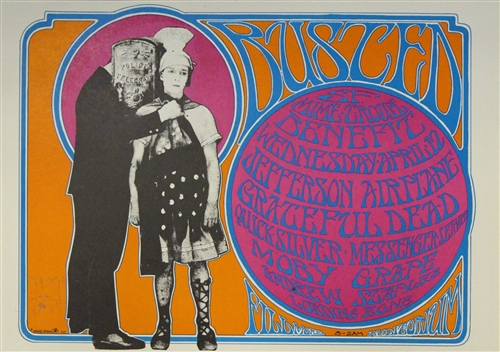
While most of the mass-produced posters of this period were produced via offset presses or by hand like they always had been. New techniques and materials were also used in some of the prints. The first example above from about 1967 is one of the earliest to have black light fluorescent inks.
2.) Many common early posters no longer have existing copies.
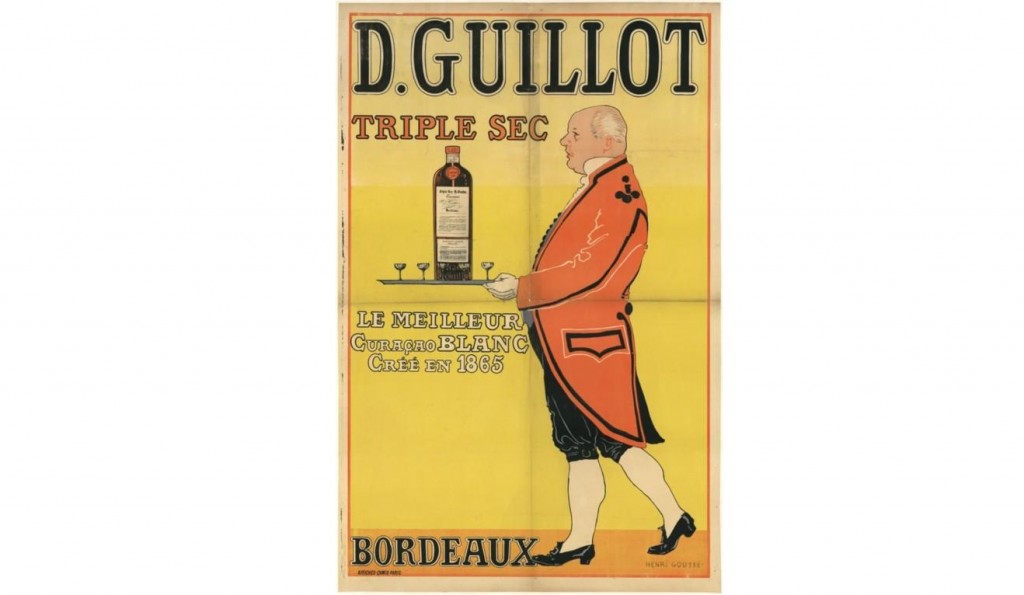
When posters were first produced, they weren’t ever intended to last years, let alone decades or centuries. A poster left exposed to the elements would likely only last a few months. The way posters were used back were not exactly ideal for preservation, and as a result many copies of certain designs are only still available in a deteriorated condition. Worse still is that we no longer have any existing copies of many classic designs, as posters were only ever intended to be ephemera.
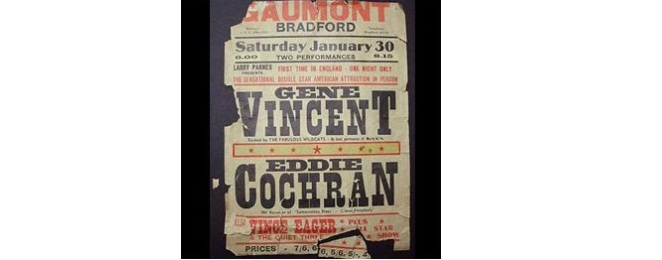
For collectors, this often means that posters intended to be fleeting, such as advertisement posters, travel posters, and event posters, may eventually have a higher value than a poster specifically created to be a work of art, which would be far more likely to be kept in good condition.
1.) Even badly damaged posters can be restored.
[wpcc-iframe class=”lazy lazy-hidden” loading=”lazy” width=”660″ height=”495″ data-lazy-type=”iframe” data-src=”https://www.youtube.com/embed/3DRzUYXU0Ew?feature=oembed” frameborder=”0″ allowfullscreen]
There are several ways you can keep posters from deteriorating, and we’ve outlined a few of these in a previous post. But no matter how careful you are, posters don’t last very long when subjected to constant handling, as happens when they’re constantly being transferred or moved about. Posters made from paper stock in particular will tend to develop creases and structurally degrade much faster at those points.
One solution to prevent further deterioration used since the 1800s is to glue the back of the entire print onto a piece of light fabric, such as linen. This will give the poster much more structural integrity and help it withstand constant rolling or folding. This process is standard in modern poster conservation.
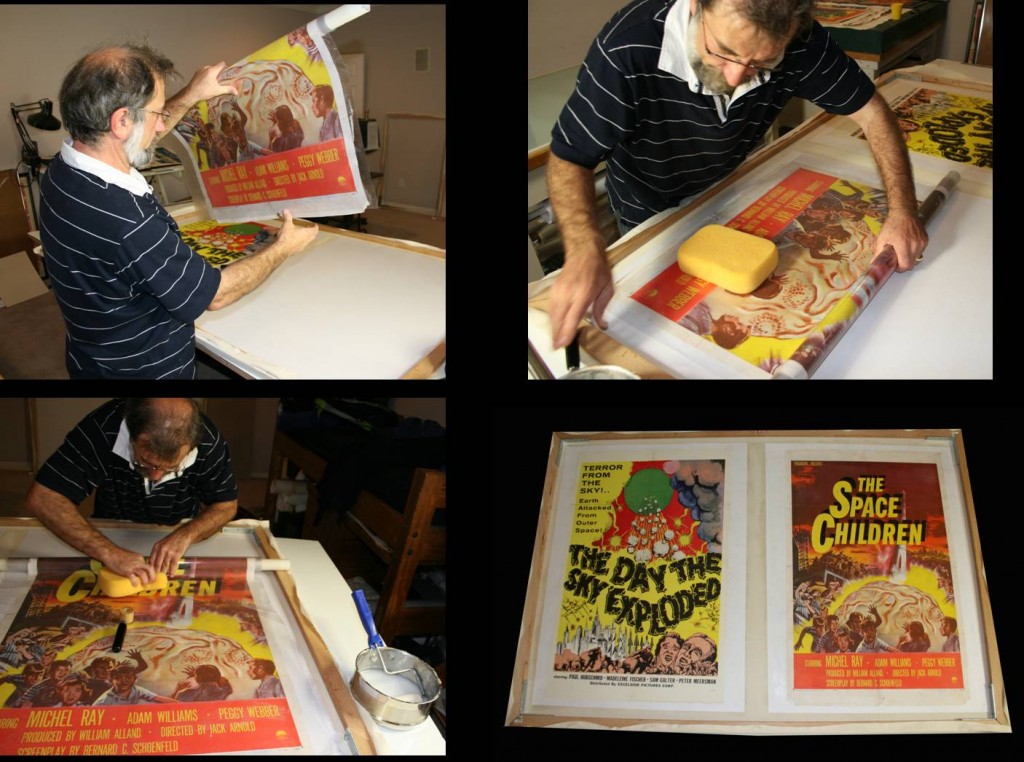
originalvintagemovieposters.com
This application is best used for posters intended to handled multiple times, such when used as educational or demonstration materials. Fabric backing may reduce the collector’s value of a vintage poster, but posters given this kind of treatment are far more likely to survive repeated handling, so this process may potentially be the only way they can retain value.
Just a word of warning, restoration and reinforcement are things we recommend you leave to a professional, and not to just any frame shop. A good restoration crew can actually remove creases or make them invisible — a hack job could actually lead a vintage print worse off than it was.
Bonus: It’s easier than ever to create quality posters.
There was a time that you needed plenty of technical knowledge to reproduce a poster design. Even going to a print shop wasn’t always much help since not all are equipped to handle runs of more than just a few large prints. Even the ones that tended to be expensive, especially when you only need a few copies done. There also weren’t that many choices of paper or card stocks and finishes.
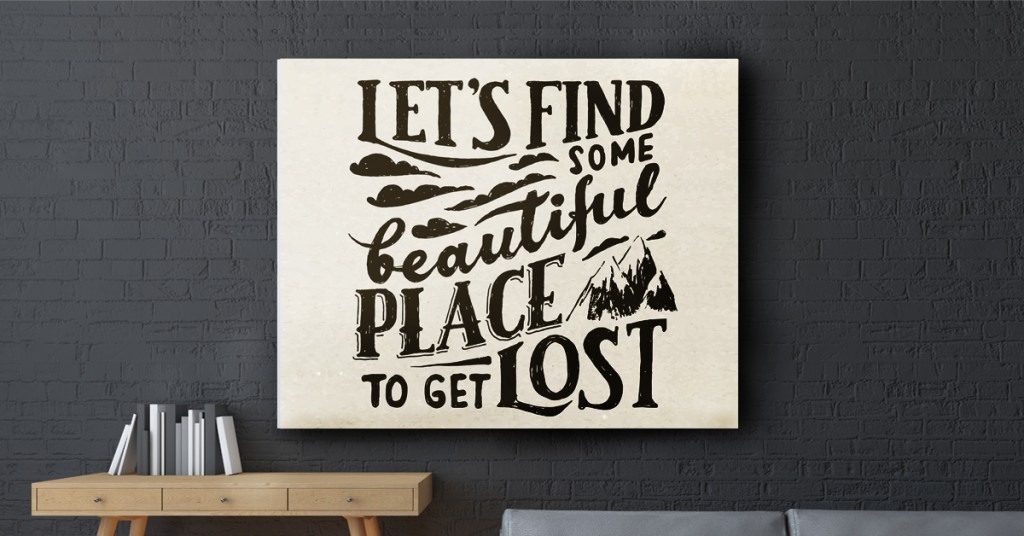
Thanks to services like UPrinting, all you really need to create a run of quality posters in a wide range of stocks and finishes, is an internet connection. It’s possible to turn your poster designs into reality from within three days of your order. And unlike other print services that just let you print whatever you send over — a recipe for disaster — UPrinting has real prepress print specialists look over every poster design to ensure that the colors and dimensions of your design look as close as possible printed as they do on your computer screen.
All images Public Domain via Wikimedia Commons unless noted

